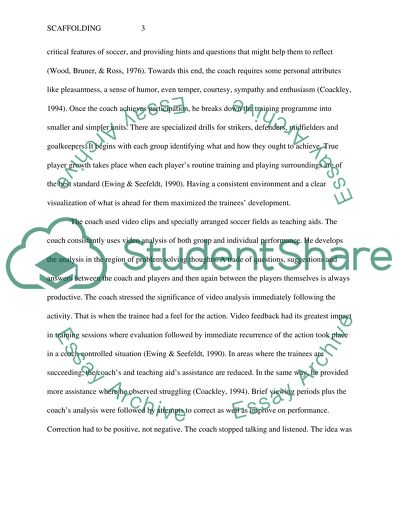Cite this document
(“Scaffolding Essay Example | Topics and Well Written Essays - 750 words”, n.d.)
Scaffolding Essay Example | Topics and Well Written Essays - 750 words. Retrieved from https://studentshare.org/other/1401787-scaffolding
Scaffolding Essay Example | Topics and Well Written Essays - 750 words. Retrieved from https://studentshare.org/other/1401787-scaffolding
(Scaffolding Essay Example | Topics and Well Written Essays - 750 Words)
Scaffolding Essay Example | Topics and Well Written Essays - 750 Words. https://studentshare.org/other/1401787-scaffolding.
Scaffolding Essay Example | Topics and Well Written Essays - 750 Words. https://studentshare.org/other/1401787-scaffolding.
“Scaffolding Essay Example | Topics and Well Written Essays - 750 Words”, n.d. https://studentshare.org/other/1401787-scaffolding.


